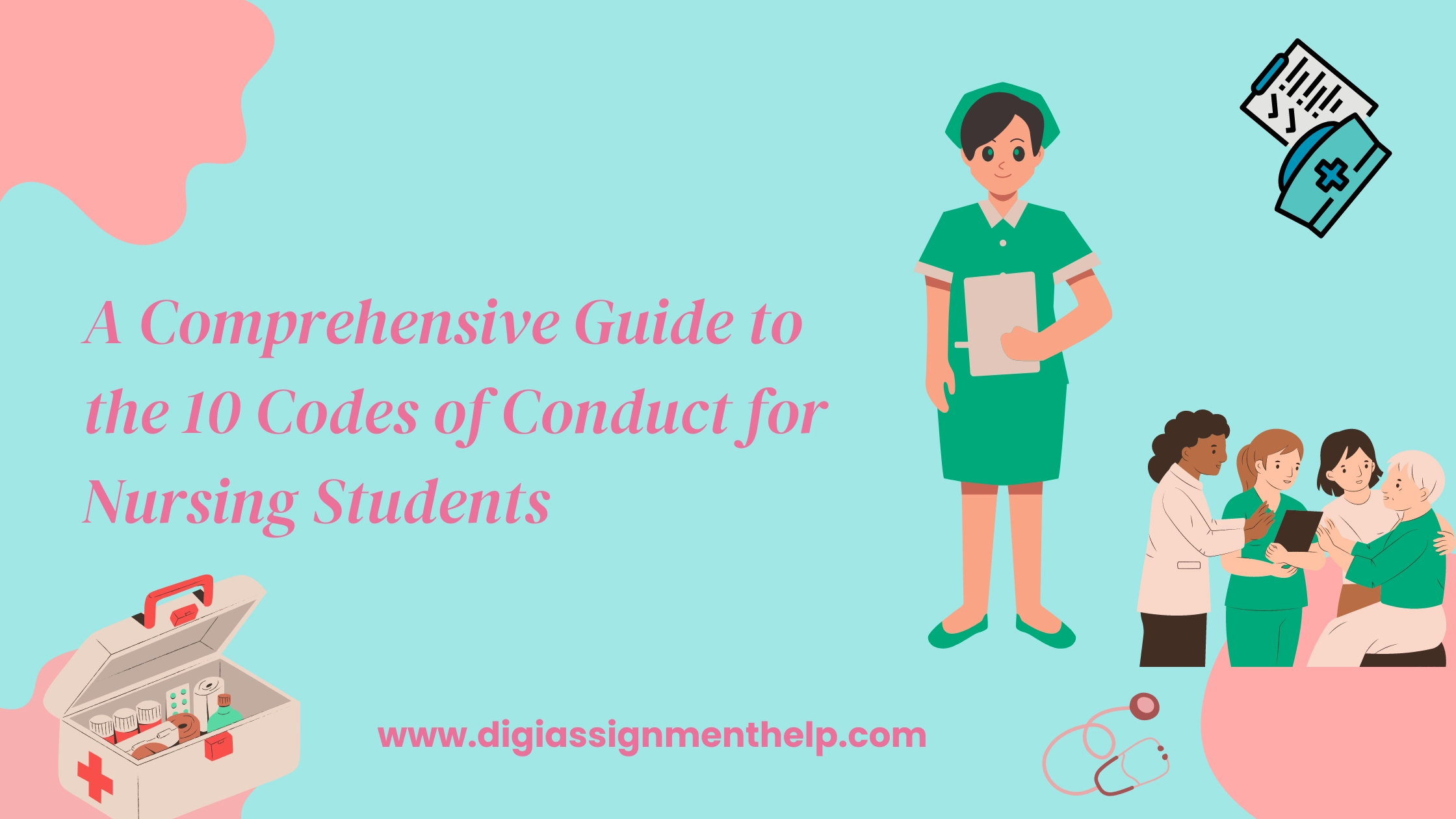Top 7 Skin Assessment Techniques For Nurses
 08-May-2024 06:12 AM
08-May-2024 06:12 AM
.webp)
As the name suggests, skin assessment is the physical examination of the skin performed by nurses to check patients at risk of skin breakdown and for common skin conditions.
The assessment helps prevent skin problems and promote skin integrity as patients age.
These tests are crucial primary care provided by nursing staff and are one of the important patient care routines nurses need to learn during nursing education.
There are several techniques nurses use to perform skin assessments, and learning about these techniques will help you ace your examinations and offer better care to the patients under your observation as a nurse.
So, what are the different skin assessment techniques for nurses? Let’s find out.
7 Skin Assessment Techniques Nurses Must Learn
1. Familiarising Yourself With The Medical History
Even though learning about medical history is not technically a skin assessment process, it goes a long way into finding out the best skin assessment techniques that should be used to assess your patient’s skin.
Medical history of the patient including their past medical history and family history are both important for risk assessment. So, make sure you are thoroughly informed regarding your patient’s case before you start with the physical skin assessment.
2. Physical Assessment of the Skin
Physical assessment of the skin involves various processes, which will be talked about in the following points. The most important of these processes is visual inspection of the skin.
Checking the skin for any abnormalities such as redness, sores, rashes, lesions, discolourations go a long way into understanding the skin health of your patient. These assessments are crucial in the diagnostic process for common skin problems.
3. Palpation of the Skin
Palpation is the next technique used for skin assessment by nurses and it involves pressing the skin with your fingertips. The test needs to be performed in different areas of the body on skin of different texture.
This test is also performed on the finger and toe nails of the patient. The aim of this test is to understand the temperature, moisture, and elasticity of the skin in the tested regions. This helps understand tenderness of the skin, which could help diagnose inflammation.
4. Pressure Ulcer Risk Assessment
Pressure ulcer risk assessment is performed by nurses using standardised tools like the Braden scale. This scale is used to monitor several pressure ulcer risk factors like nutrition, acidity levels, mobility, moisture, sensory perception, and friction of the skin.
These factors combined are used to determine the risk of pressure ulcers, which require medical treatment if diagnosed. Without prompt medical attention, these ulcers can lead to health complications.
5. Documentation of Findings
Documentation and accurately writing down your findings is extremely important for your skin assessment to be successful. The notes you write down from your physical assessment are used by doctors and cross referenced in the future by other medical professionals to understand the medical history of the patient.
Be detailed in your documentation and do not leave any piece of information while documenting. What may feel unimportant now might help other professionals diagnose underlying conditions accordingly.
6. Reassessment Based on Necessity
Reassessment may be required in two cases. It may be required if there are any new developments in the skin condition of the patient or it may be required after a period as a follow-up from your previous assessment.
It is very important to go through the reassessment processes diligently. It will help you assess the improvement or deterioration of the patient’s condition and skin health allowing you to accurately understand the efficacy of their skin treatment.
7. Collaboration With Other Experts
Once you have completed your assessment, you will be required to share your findings with other medical professionals. In case of skin assessments, you may be required to share your findings with a dermatologist or wound care specialists to understand the next course of treatment for the patient.
This type of collaborative approach leads to successful medical outcomes and a better treatment approach for patients.
Conclusion
These are some of the most important skin assessment techniques for nurses that you must learn about during nursing education. To learn more about nursing education tips and to avail yourself of the most trustworthy assignment help services, check out Digi Assignment Help.
We offer completely professional assignment help services that are catered to help nursing students ace their college education and learn about complicated nursing concepts easily.
Our services are trusted by thousands of nursing students across Australia, and we’re available to help you, too. Check out our website today to learn about our services.











.webp)
















 +44 74 8881 8568
+44 74 8881 8568